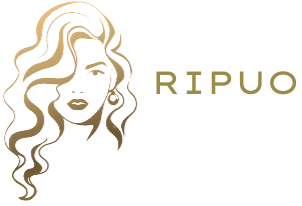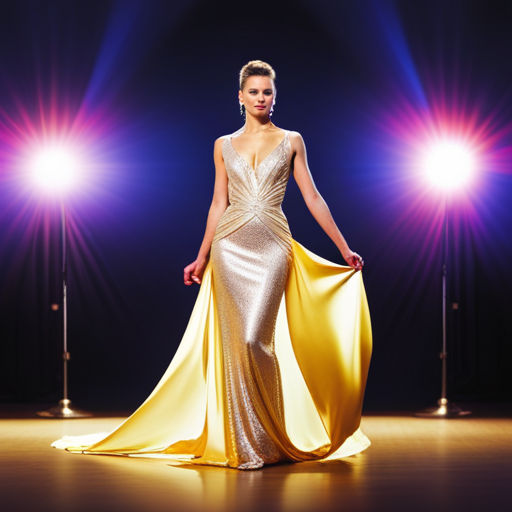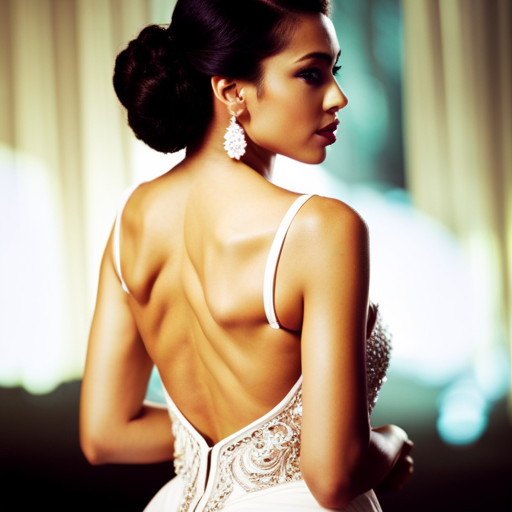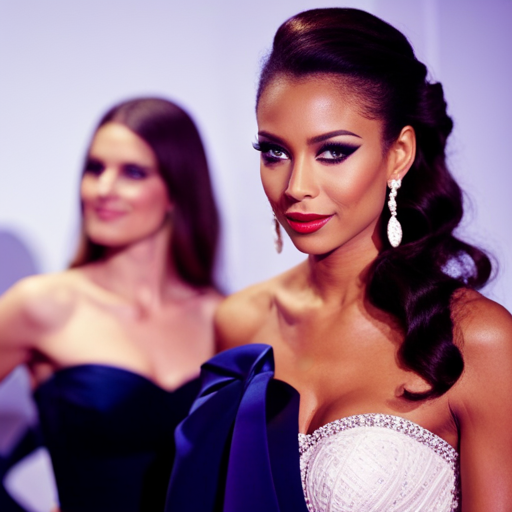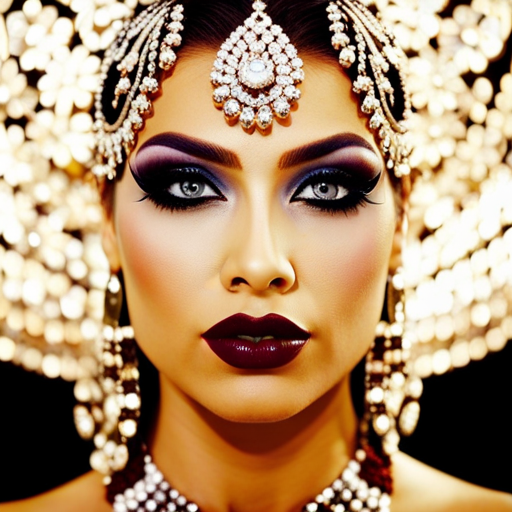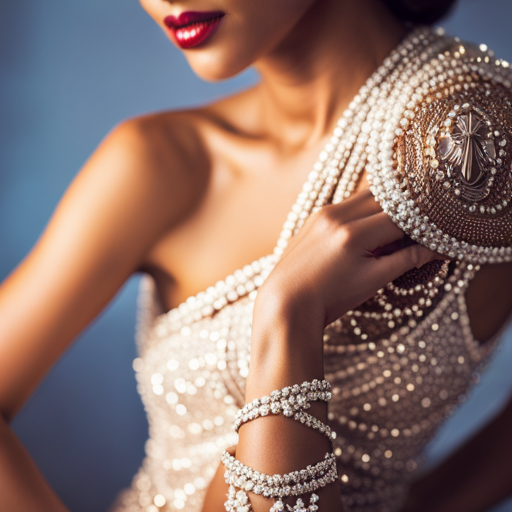Color Theory in Pageant Wardrobe Selection

Did you know that 90% of people make snap judgments about a person based on the color of their clothing?
In the world of pageantry, color selection is a critical element in creating a winning wardrobe. Understanding color theory and its impact on stage presence is essential for contestants.
This article explores the fundamentals of color theory, the psychology of color, and how to incorporate these principles into your pageant wardrobe selection for a standout performance.
The Basics of Color Theory
How do the principles of color theory guide the selection of wardrobe for pageant contestants?
Understanding color theory is essential in creating visually appealing and harmonious outfits for pageant contestants. Color theory involves the study of color mixing and color harmony, which are crucial in determining the combinations and contrasts that work well together. When selecting wardrobe for pageants, contestants and their stylists must consider the principles of color theory to ensure that their outfits make a striking and memorable impression on stage.
Color mixing is the process of combining different hues to create new colors or shades. Pageant wardrobe selection often involves experimenting with various color combinations to find the most captivating and flattering choices. Similarly, color harmony is about creating a balanced and aesthetically pleasing look by coordinating complementary or analogous colors. By applying these principles, pageant contestants can ensure that their wardrobe choices enhance their overall appearance and stage presence.
Understanding color psychology, which delves into the emotional and psychological impact of colors, also plays a significant role in pageant wardrobe selection.
Understanding Color Psychology
Understanding color psychology is crucial in pageant wardrobe selection. It delves into the emotions evoked by different colors and their impact on the audience. By considering the psychological effects of colors, contestants can strategically use color combinations to create balance and convey specific messages through their wardrobe choices.
This understanding enables contestants to make informed decisions that resonate with both their personal style and the image they wish to project on stage.
Emotions Evoked by Colors
Evoking specific emotions, color psychology plays a pivotal role in pageant wardrobe selection. Understanding the emotional impact and cultural significance of colors is crucial for creating a winning impression.
Consider the following points:
-
Red: Symbolizing passion and confidence, red exudes power and commands attention on stage.
-
Blue: Conveying calmness and trust, blue evokes a sense of serenity and reliability, making it a popular choice for evening gowns.
-
Yellow: Radiating joy and positivity, yellow is ideal for showcasing a vibrant and lively personality during talent segments.
-
Green: Representing growth and harmony, green can emanate a refreshing and natural aura, perfect for outdoor events or eco-themed platforms.
Impact on Audience
The choice of wardrobe colors in pageants significantly influences the audience’s perceptions and reactions, reflecting the profound impact of color psychology on viewer engagement. Color symbolism plays a crucial role in audience perception, as different colors evoke specific emotions and associations. For instance, red may convey passion and confidence, while blue evokes a sense of trust and serenity.
Cultural influences also shape audience responses to wardrobe colors, with certain colors holding different meanings in various cultures. Additionally, subconscious reactions to colors can affect the audience’s overall impression of a pageant contestant.
Understanding the psychological impact of colors on viewers is essential for pageant contestants and organizers to create a compelling and impactful visual experience for the audience.
Color Combinations and Balance
How do specific color combinations and balance in pageant wardrobes reflect the principles of color psychology and contribute to the overall impact on the audience’s perceptions and reactions?
-
Color Harmony: The combination of colors can create a sense of harmony or discordance, influencing how the audience perceives the contestant’s overall appearance.
-
Color Symbolism: Different colors carry various cultural and psychological meanings, impacting the audience’s emotional responses to the contestant’s wardrobe choices.
-
Balance and Contrast: The right balance and contrast between colors can draw attention to specific elements of the wardrobe, guiding the audience’s focus and creating a memorable visual impact.
-
Psychological Effects: Understanding color psychology helps in eliciting desired emotional responses from the audience, enhancing the overall impression of the contestant.
By understanding color combinations, balance, and symbolism, pageant contestants can effectively utilize color psychology to captivate and engage the audience, ultimately enhancing their overall performance and presence on stage.
This understanding sets the stage for the subsequent section about ‘choosing the right hues’.
Choosing the Right Hues
Selecting the appropriate hues for a pageant wardrobe requires careful consideration of color psychology and its impact on visual presentation. When it comes to choosing the right hues for a pageant wardrobe, color harmony and wardrobe coordination play a pivotal role.
Color harmony involves combining colors in a way that is aesthetically pleasing to the eye. This can be achieved through various color schemes such as complementary, analogous, or triadic color combinations. Understanding the principles of color harmony is essential in selecting hues that work well together and create a balanced and cohesive look.
Wardrobe coordination is another crucial aspect of choosing the right hues for a pageant wardrobe. It involves ensuring that the selected hues complement not only each other but also the individual wearing them. Factors such as skin tone, hair color, and personal preferences should be taken into account when coordinating the hues of the wardrobe. Additionally, the venue and lighting conditions of the pageant should also be considered to ensure that the chosen hues stand out and make a lasting impression.
Complementary and Contrasting Colors
When considering complementary and contrasting colors for a pageant wardrobe, it’s important to factor in the individual’s skin tone and hair color to achieve a harmonious and impactful visual effect. The right color combinations can enhance the contestant’s overall appearance and stage presence.
Here are some key points to keep in mind when working with complementary and contrasting colors:
-
Complementary color combinations: Understanding which colors are opposite each other on the color wheel can help create striking and balanced looks. Pairing colors like red and green, blue and orange, or yellow and purple can add vibrancy and visual interest to the wardrobe.
-
Color contrast techniques: Utilizing different shades, tints, and tones of colors can create dynamic contrasts within the outfit. This can be achieved through the use of light and dark hues or by incorporating elements with different levels of saturation.
-
Skin tone consideration: Selecting colors that complement the individual’s skin tone can help bring out their natural radiance and ensure that the wardrobe enhances their overall appearance.
-
Hair color coordination: Coordinating the wardrobe with the contestant’s hair color can create a cohesive and polished look that highlights their natural beauty.
Impact of Color on Stage Lighting
As pageant contestants prepare for their time on stage, the impact of color on stage lighting is a crucial consideration. The choice of colors can either flatter or detract from a contestant’s appearance under the bright stage lights.
Understanding how different hues interact with stage lighting can enhance a contestant’s stage presence and overall performance.
Choosing Flattering Stage Colors
Considering the impact of color on stage lighting, it is essential to choose flattering stage colors that enhance the contestant’s appearance and overall stage presence. When selecting colors for the stage, it’s important to consider the following:
-
Flattering Colors: Opt for shades that complement the contestant’s skin tone and bring out their natural radiance under stage lights.
-
Skin Tone Analysis: Conduct a thorough analysis of the contestant’s skin tone to determine whether warm or cool-toned colors would be most flattering.
-
Avoiding Washout: Steer clear of colors that may wash out or overshadow the contestant under bright stage lighting.
-
Color Coordination: Ensure that the chosen colors harmonize with the stage backdrop and do not clash with the overall visual presentation.
Enhancing Stage Presence With Color
In the context of pageant wardrobe selection, understanding the impact of color on stage lighting is crucial for enhancing a contestant’s stage presence and overall visual impact. Color symbolism plays a significant role in conveying messages and eliciting emotional responses from the audience. Moreover, the visual impact of a contestant on stage is greatly influenced by how colors interact with different lighting setups. To illustrate the impact of color on stage lighting, consider the following table:
| Lighting Color | Effect on Wardrobe Color | Example |
|---|---|---|
| Warm (e.g., red, orange) | Enhances warm tones (e.g., gold, coral) | A gold gown appears radiant under warm lighting |
| Cool (e.g., blue, purple) | Enhances cool tones (e.g., silver, navy) | A navy dress appears elegant under cool lighting |
| Neutral (e.g., white, amber) | Maintains true wardrobe colors | A white outfit maintains its color integrity under neutral lighting |
Understanding these dynamics empowers contestants to make informed wardrobe choices that maximize their stage presence.
Incorporating Color Trends
Utilize current color trends to elevate the impact of your pageant wardrobe selection. The use of trendy palettes can significantly enhance your overall look on stage, as color trends impact the perception of style and fashion.
When incorporating neutrals, opt for modern shades such as soft greys, blush pinks, or cool taupes to add sophistication to your ensemble. Bold color choices, such as vibrant reds, rich purples, or electric blues, can make a striking statement and capture the audience’s attention.
To stay on-trend, consider incorporating color-blocking techniques using complementary hues or experimenting with the latest color gradients for a contemporary and dynamic visual effect. Additionally, explore the possibility of integrating metallic tones, like shimmering gold or silver, into your accessories or accents to add a touch of glamour and keep your wardrobe in line with current fashion sensibilities.
Personalizing Your Color Palette
To further enhance your pageant wardrobe, consider personalizing your color palette to reflect your individual style and personality while aligning with current fashion trends.
When personalizing your color palette, it’s essential to consider color harmony and your personal style. Color harmony refers to the pleasing combination of colors, ensuring they work well together to create a visually appealing look. Understanding the principles of color harmony, such as complementary or analogous color schemes, can help you select colors that complement each other and create a cohesive wardrobe.
In addition to color harmony, personal style plays a crucial role in determining the colors that best represent you. Your personal style is a reflection of your unique preferences, lifestyle, and personality. When selecting colors for your pageant wardrobe, consider the colors that make you feel confident and empowered.
Whether you prefer bold and vibrant hues or soft and subtle tones, incorporating your personal style into your color palette allows you to exude authenticity on the stage. By infusing your wardrobe with colors that resonate with your personal style, you can create a memorable and impactful impression during the pageant.
Frequently Asked Questions
How Does Color Theory in Pageant Wardrobe Selection Differ From Color Theory in Everyday Fashion?
Color theory in pageant wardrobe selection differs from everyday fashion due to the emphasis on color psychology, stage lighting, and color symbolism. The visual impact of colors is heightened on stage, requiring strategic wardrobe choices.
What Are Some Common Mistakes People Make When Applying Color Theory to Their Pageant Wardrobe?
Common mistakes in applying color theory to pageant wardrobe include misunderstanding color principles, improper application, and overlooking skin tone. These errors can lead to wardrobe choices that don’t complement the contestant’s overall appearance.
How Can Contestants Use Color Theory to Convey Their Personality and Unique Style on Stage?
Contestants can strategically utilize color psychology to convey their personality and unique style on stage. By understanding color coordination and its impact on personal branding, they can enhance their stage presence and make a lasting impression.
Are There Certain Colors That Are Universally Flattering for All Skin Tones in a Pageant Setting?
In the realm of color psychology and skin undertones, certain colors are universally flattering for all skin tones in a pageant setting. Understanding these hues can elevate contestants’ presence on stage, showcasing their radiance and elegance.
Can You Provide Examples of Successful Pageant Wardrobe Selections That Effectively Utilized Color Theory Principles?
Examples of successful pageant wardrobe selections that effectively utilized color theory principles include vibrant red gowns for impactful stage presence, soft pastels for a delicate and elegant look, and jewel tones for a regal and sophisticated appearance.
Conclusion
In conclusion, the art of color theory in pageant wardrobe selection is a powerful tool that can enhance a contestant’s stage presence and leave a lasting impression.
By understanding the basics of color theory, utilizing the psychology of color, and incorporating both complementary and contrasting hues, contestants can create a visually stunning and impactful look on stage.
By personalizing their color palette and staying abreast of current color trends, contestants can truly stand out like a vibrant work of art on stage.
